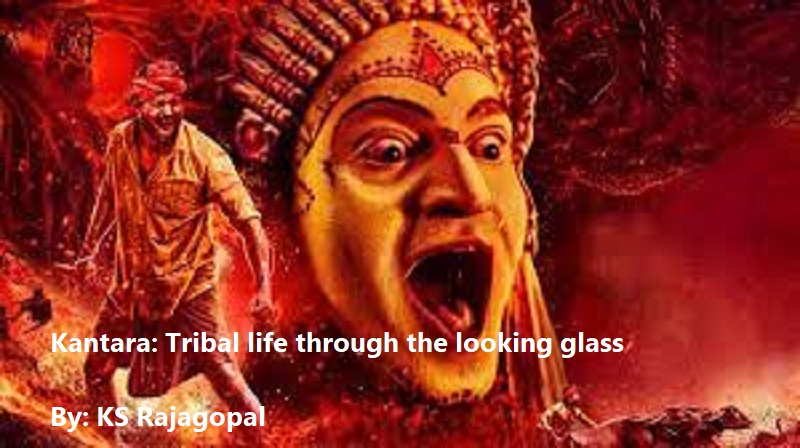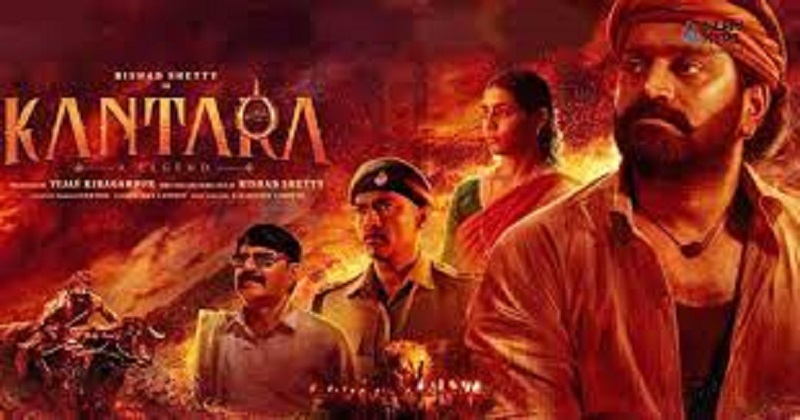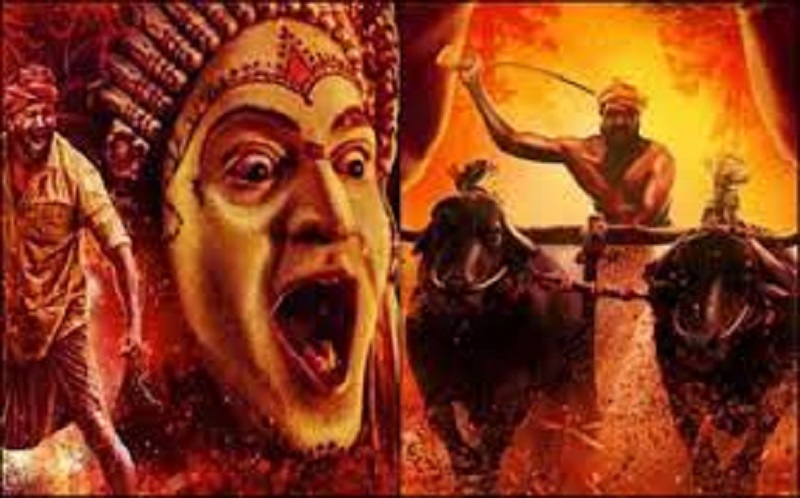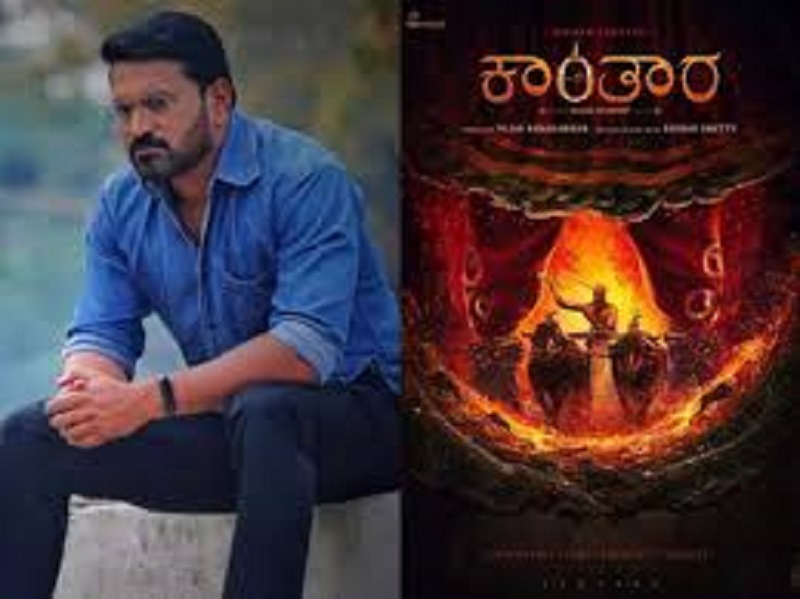
A local story and a universal theme. The Kannada movie Kantara tells all about the life of tribal people, their beliefs, tradition, customs, rituals, festivals and after all their struggle to own and protect a piece of land. They have been living on the periphery of the forest for many generations through centuries, but they don’t own the land hence have no right on the property in which they live.
It appears that all of a sudden, they lose the right to utilize the forest resources around their hamlet, whether it is animal, wood or plant as they are warned by the forest officials against venturing into the forest. Exploitation of the forest people or Adivasis (first inhabitants) and destruction of their unique culture and way of life are not just common but systemic and it knows no boundaries and is as rampant as poverty and diseases world over.

In Kantara, the forest officials seem as always duty-bound and that they want immediate eviction of the tribal hamlet which is found to be in the reserve forest. To reinforce the officers’ claim, they conduct surveys and resurveys despite protests by the locals. The officials use iron fists on the helpless villagers so as to complete their job on time.
The present heir of the erstwhile kingdom also wants to annex the land of the tribal people through illegal means, by way of offering rewards and hosting parties and often pretending to be their saviour. Since the tribal people are illiterate and financially dependent on the heir apparent, they remain servile to him, knowing nothing about the real, evil intention of the ‘saviour’ who also has a claim on this forest land as his ancestor, a king,
had given away the land to a tribal community, ancestors of these villagers, a century and a half back in return for the idol of their deity.

On the surface, Kantara is a typical mainstream Kannada flick with a hero along with sidekicks, a villain, a heroine, lots of action, romance, comedy, dialogues laced with humour and pun and a breath-taking climax. However, there is an invincible character from the beginning of the story to its very end. The mythical figure ‘Bootha Kolam’ and his guttural screaming resonate throughout the movie. It is widely believed that the
person who plays ‘Bootha Kolam’ transforms into the deity and then what he speaks and does are that of the deity, the protector of the tribal community and the land. There is one family that is entitled to do ‘Bootha Kolam’ during the festival of the community living in South Karnataka.
The same belief exists among the people in northern Kerala too where during the annual festival, ‘Theyyam’ is played out almost like ‘Bhootha Kolam’. ‘Theyyam’ also gets transformed into the deity, usually Devi, as per the
faithful. Kantara reiterates the fact that forest lands belong to Adivasis and how comes the question of their eviction by the governments or someone who claims that it is their land. It asks who are the real encroachers here and what is the problem with the authorities in case the tribal people use the forest resources
for a living?

Since these people can’t read and write and don’t know how to obtain documents of their land, they are exploited by the rich and powerful alike. Kantara brilliantly exhibits situations wherein the tribal people seek divine intervention for their survival. It also shows that for the community, Daiva (local deity) is everything; the whole life revolves around this belief, including customs, tradition, rituals and festivals. The ‘Bhootha Kolam’s transformation into ‘Daiva’ and his growling are controlled and so perfect that it will continue to resonate in a viewer’s ears for some time after watching the movie. Kantara is worth watching and also inspiring.
By: KS Rajagopal

Post Your Comments